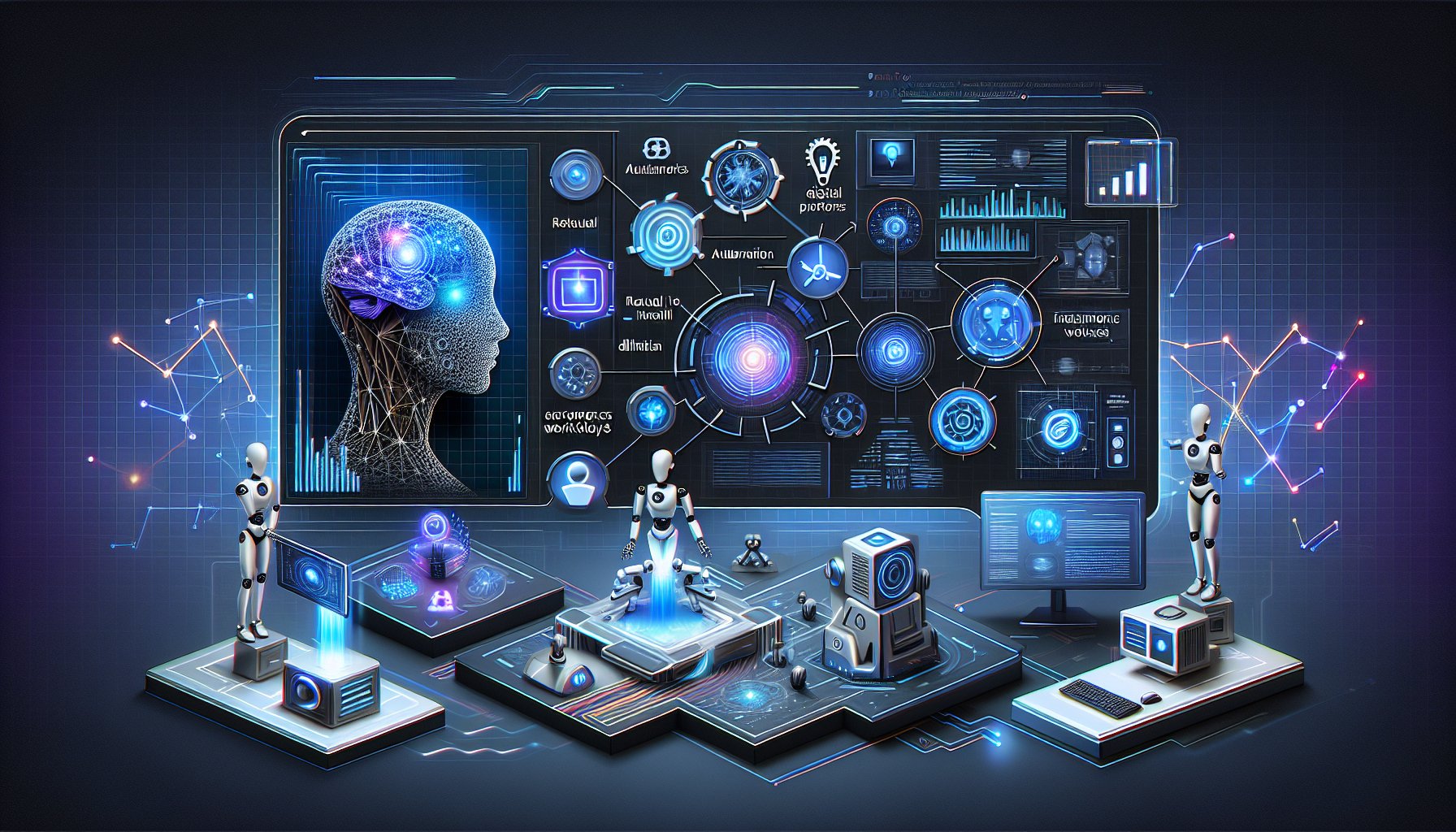Introduction
The landscape of IT development is in a constant state of evolution, and at the heart of this revolution are the emerging capabilities of Agentic AI workflows. These workflows, characterized by their autonomous decision-making abilities, are paving the way for efficient, robust, and intelligent IT solutions.
Understanding Agentic AI Workflows
Agentic AI refers to systems that function with a certain level of autonomy, making decisions, learning from experiences, and adapting to changes without explicit human intervention. When integrated into workflows, these systems can significantly enhance efficiency, accuracy, and overall productivity.
Key Components of Agentic AI Workflows
Machine Learning
Machine Learning (ML) serves as the backbone of any Agentic AI system. It enables the system to learn from data, identify patterns, and make decisions with minimal human intervention. In the context of workflows, ML can help in automating routine tasks, predicting trends, and generating insights to drive strategic decision-making.
Autonomous Decision Making
Autonomous decision-making capabilities allow Agentic AI workflows to make independent decisions based on the data they process. This not only reduces the need for human intervention but also ensures faster and more accurate decision-making.
Implementing Agentic AI Workflows
Implementing Agentic AI workflows involves integrating machine learning models into your existing workflows. These models can be trained to perform specific tasks, such as identifying anomalies in data, predicting future trends, or automating routine tasks.
Here's an example using Python, one of the most popular languages for AI and ML development:
from sklearn.ensemble import RandomForestRegressor
def train_model(data, target):
model = RandomForestRegressor()
model.fit(data, target)
return model
def implement_workflow(data, target):
model = train_model(data, target)
predictions = model.predict(data)
return predictions
While this is a simplified example, it illustrates the concept of integrating a trained ML model into a workflow.
Benefits of Agentic AI Workflows
Agentic AI workflows bring a plethora of benefits to IT development, such as:
- Efficiency: Automation of routine tasks frees up time for strategic tasks.
- Accuracy: Machine learning models can process vast amounts of data with high precision.
- Scalability: AI workflows can easily scale to handle larger volumes of data and tasks.
Conclusion
Agentic AI workflows represent a significant advancement in IT development, offering a powerful tool for businesses to streamline operations, improve accuracy, and make data-driven decisions. As we delve deeper into the era of autonomous systems, harnessing the power of Agentic AI workflows will become an indispensable skill for developers and businesses alike.
Stay ahead of the curve by exploring and integrating these cutting-edge technologies into your IT development practices. Remember, the future is not just about keeping pace with technology, but leveraging it to drive innovation and success.
